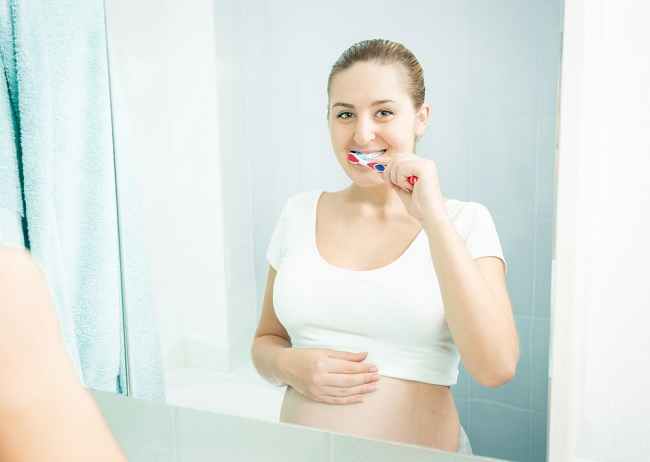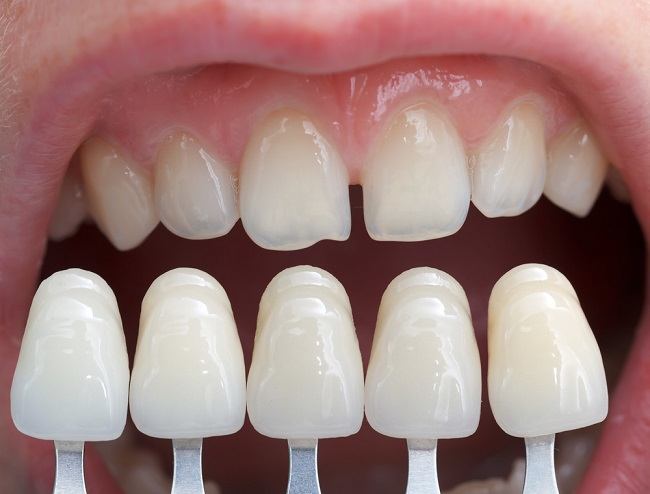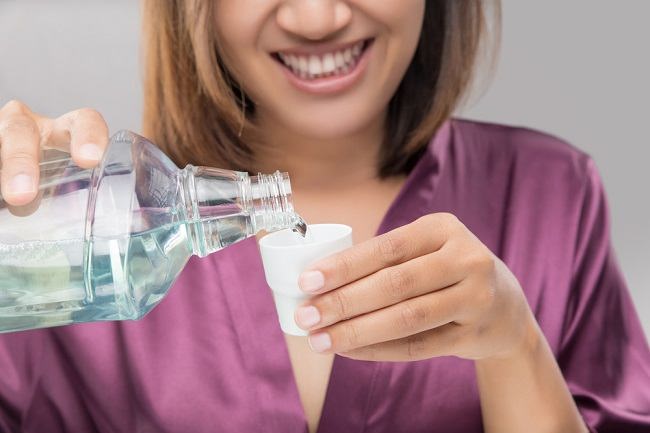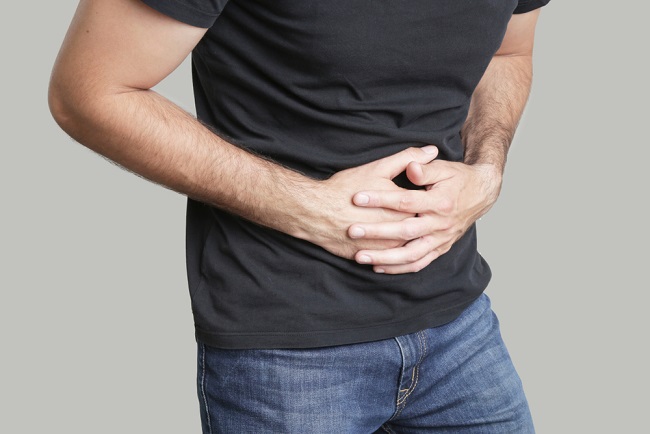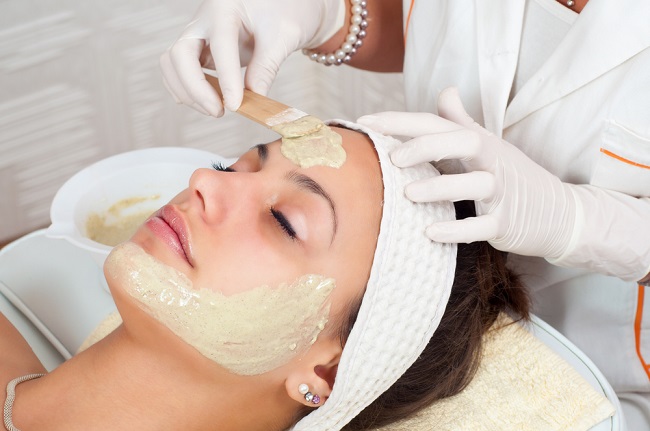Sleep study is an examination method that is generally carried out if you experience sleep disturbances, either difficulty falling asleep or frequent awakenings during sleep at night. This examination aims to evaluate sleep patterns and determine the type of sleep disturbance that occurs.
Sleep study or polysomnography, which records brain waves, blood oxygen levels, heart and breathing rates, and eye and leg movements while you sleep. Through this examination, the doctor can also assess how long it takes to fall asleep, the length of time you sleep, and the quality of your sleep.

If you have complaints or problems related to quality or sleep patterns, your doctor can do an examination sleep study for diagnosing sleep disorders. In addition, this examination can also be done to guide the doctor in providing treatment to overcome the sleep disorder you are experiencing.
Types of Sleep Disorders That Can Be Detected With Sleep Study
Sleep study can generally be done to diagnose various conditions or disorders in sleep patterns and quality, such as:
- Sleep apnea
- Restless leg syndrome
- Insomnia
- Narcolepsy
- Sleep walking disorder
- Circadian rhythm disorders, which are disturbances in the body clock that make it difficult for sufferers to fall asleep, have difficulty falling asleep, often wake up when sleeping, or wake up too early and can't go back to sleep
You may be advised by a doctor to undergo an examination sleep study if you have any of the following complaints:
- Sleep with loud snoring
- Waking up suddenly with gasping breath
- Tired and sleepy during the day
- Restless while sleeping
- Difficulty sleeping or taking a long time to fall asleep
- Not sleeping well or not sleeping
- Often fall asleep suddenly without knowing the place
Various types of Sleep Study
There are several types of checks sleep study, that is:
1. Polysomnogram (PSG)
PSG aims to monitor your sleep patterns and body functions, such as breathing patterns, blood oxygen levels, heart rhythm, and limb movements. This examination is generally done at night, while you are asleep.
2. Multiple Sleep Latency Test (MSLT)
The MSLT is done after you have done the PSG examination. This test can help your doctor make a diagnosis of narcolepsy and assess your level of daytime sleepiness.
The MSLT aims to measure how quickly you fall asleep in quiet situations during the day. In addition, this test also monitors how fast and how often you fall asleep.
3. Polysomnogram and CPAP (Continuous Positive Airway Pressure)
Type sleep study this was done for 2 nights. A polysomnogram with CPAP is often done when the results of your PSG examination show that you have sleep apnea.
After being diagnosed with sleep apnea, you may be advised by a doctor to use a CPAP device while sleeping so that your oxygen needs are met.
Well, the polysomnogram examination followed by the CPAP test aims to determine the appropriate CPAP machine settings and the amount of oxygen that suits your needs.
Preparation Do Sleep Study
Inspection sleep study can be done in hospitals or clinics that have this examination facility. Before undergoing sleep study, usually you will be asked to do the following preparations:
- Do not consume caffeine in any form, such as coffee, tea, soft drinks, or chocolate, after lunch on the day of the examination
- Do not consume alcoholic beverages
- Clean or wash hair from gel or other hair styling products so that the tool will be installed on the head when sleep study can work well
- Do not sleep during the day during the examination sleep study done
- Tell your doctor about any medicines you are taking, because these medicines may need to be stopped temporarily
It is also recommended that you bring a friend or family member, and bring your usual pajamas or sleepwear, books, magazines, or special pillows so that you feel comfortable during the examination.
Things That Happened During Sleep Study Ongoing
You will be placed in a private bedroom equipped with a private bathroom, camera and microphone. Cameras are attached so doctors can see what's happening while you're asleep, while cameras and microphones are attached so doctors can communicate with you during sleep study take place.
When sleep study When started, the doctor will place a sensor device on the face, scalp, chest, and limbs. Through this device, electrical signals in the nerves of the brain will be monitored while you are asleep.
During sleep study As this progresses, the doctor will sit near you to monitor:
- brain waves
- eye movement
- Heart rate and rhythm
- Blood pressure
- Breathing pattern
- Blood oxygen level
- Body position
- Chest and stomach movements
- Leg movement
- Snoring and other noises you may make during sleep
Various examination tools may be attached to your body for 1 night. However, the doctor will remove the examination equipment the next day, after the examination sleep study completed. After that, you can return to your normal daily activities.
Check up result Sleep Study
Result data sleep study usually includes information about your sleep patterns, such as:
- Brain waves and eye movements can help assess sleep stages and identify sleep disorders, such as narcolepsy
- Changes in heart and breathing rates as well as changes in blood oxygen during sleep can be signs sleep apnea
- Legs moving frequently to the point of interfering with sleep quality may indicate extreme movement disorders
- Unusual movement or behavior during sleep may be a sign of REM sleep behavior disorder or sleep walking disorder
In addition, the test results sleep study It also records how long you sleep, how often you wake up, whether you have trouble breathing, whether you snore, and the position of your body when you sleep.
If you find it difficult to sleep or have complaints related to sleep disturbances that have been prolonged and interfere with your daily activities, consult a doctor for treatment. sleep study.
When the results of the examination sleep study shows that you do have a sleep disorder or other disease that interferes with the quality of your sleep, the doctor will provide appropriate treatment according to your diagnosis.

